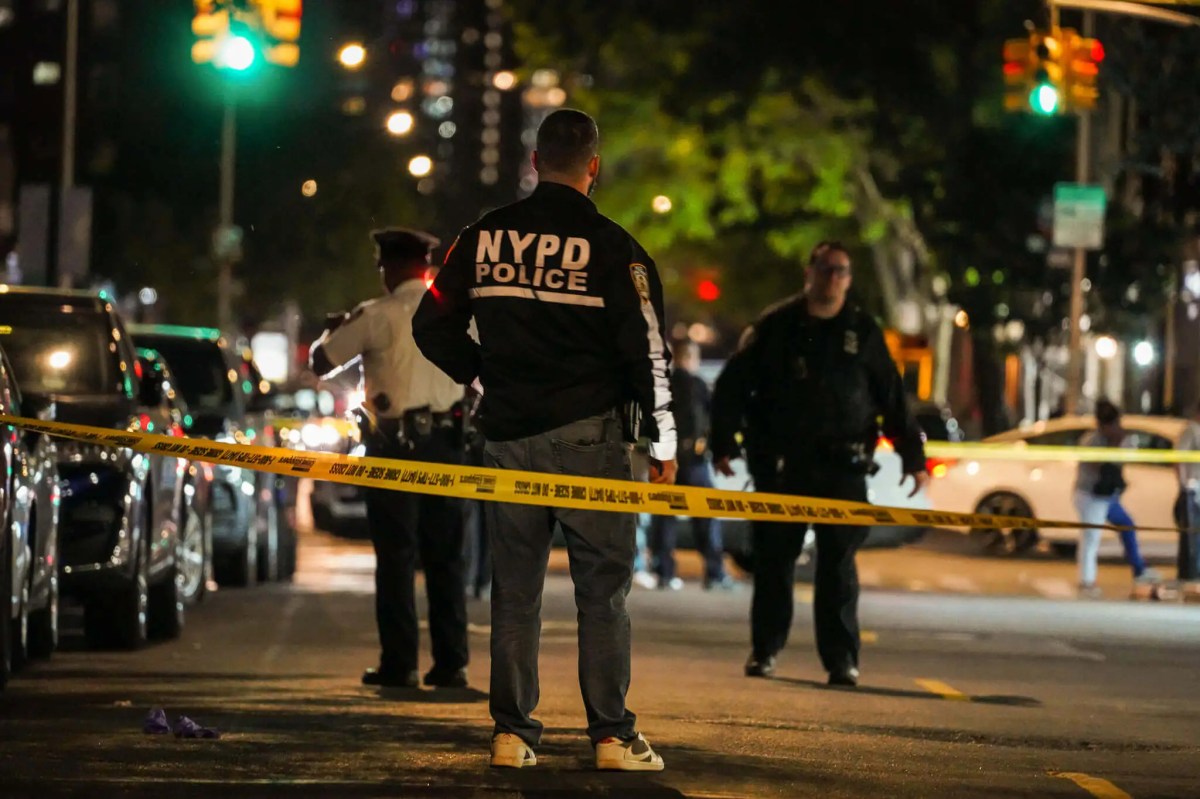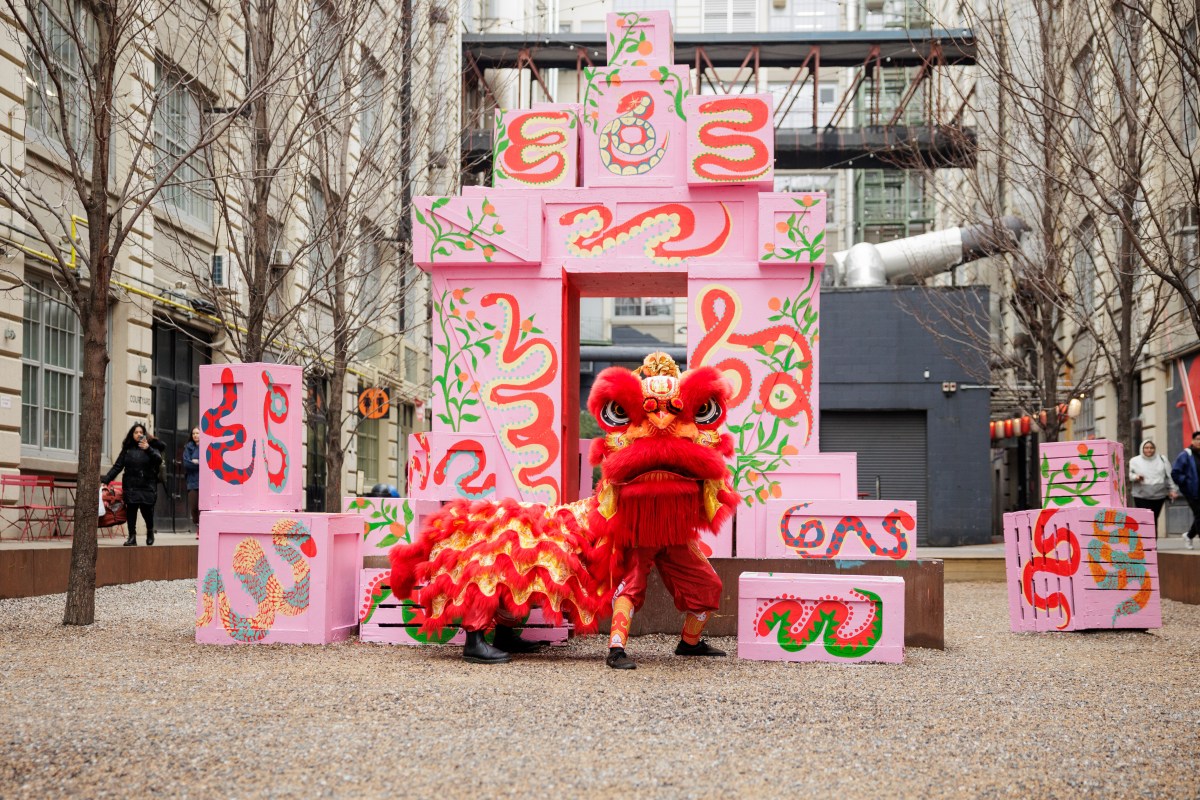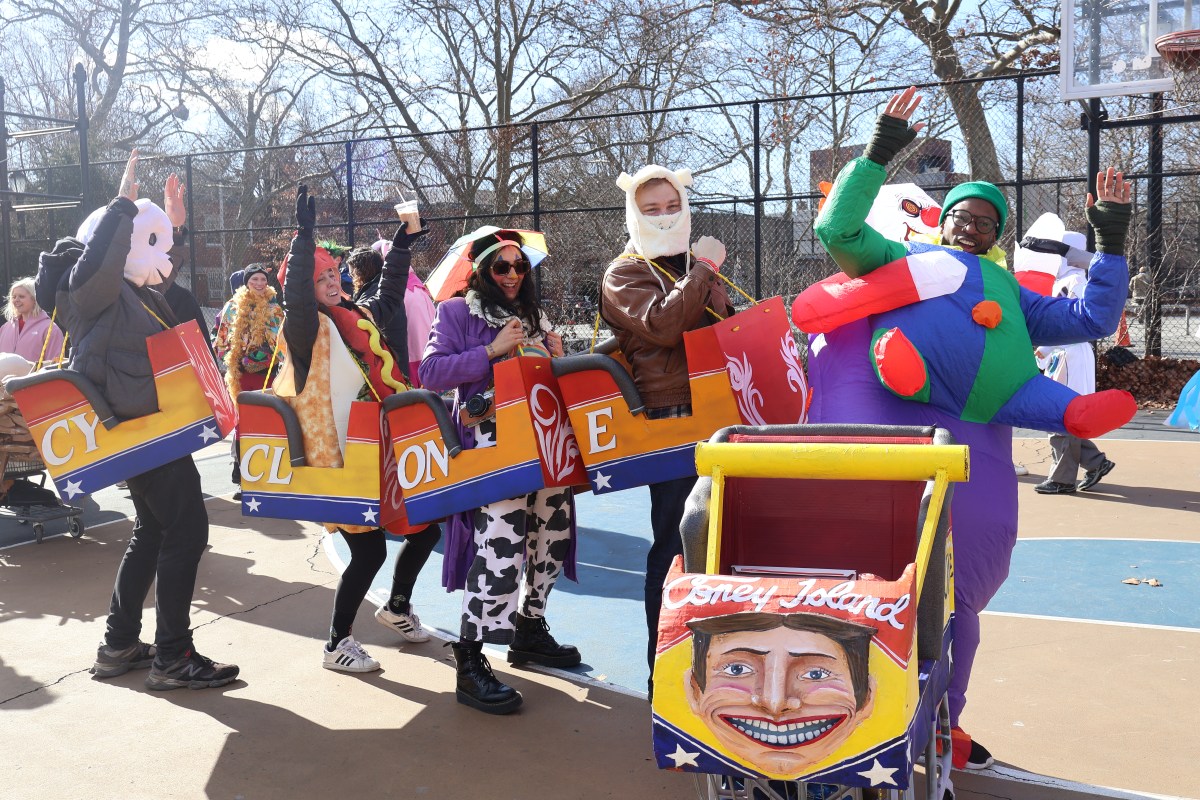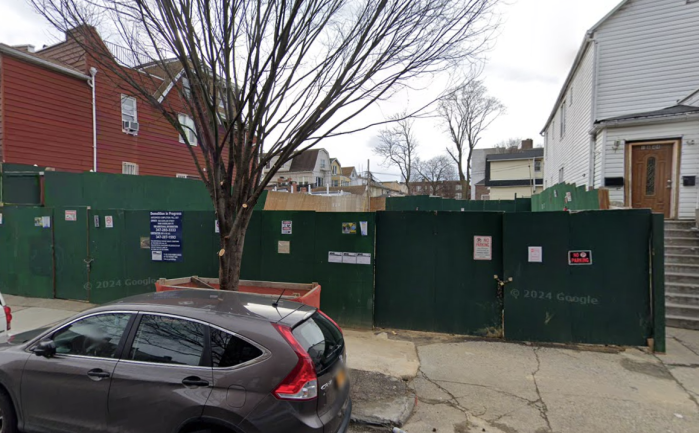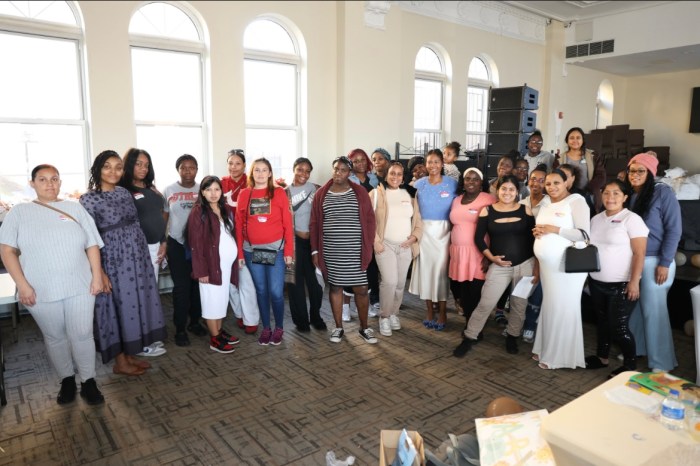A number of Bernie Sanders-inspired New Yorkers are running for office, spurring some exciting City Council races this year.
Jabari Brisport, an actor and activist who is a native of Prospect Heights, is a member of Democratic Socialists of America. He is running in Brooklyn’s District 35, which includes parts of Bedford-Stuyvesant, Clinton Hill and Crown Heights.
Former Sanders delegate and co-founder of Latinos for Bernie NYC, Carmen Hulbert is running as a Green Party candidate. She is seeking the District 38 seat in Brooklyn, which includes Red Hook and Sunset Park.
Other progressive candidates are seeking office as Democrats. Justin Sanchez, a Bronx native, is challenging longtime insider, incumbent Council member Fernando Cabrera in District 14, which includes parts of Morris Heights and Kingsbridge Heights. Jamell Henderson, an alum of the city’s foster care and public housing systems (and a former student of mine at Brooklyn College) is vying in District 41 in Brooklyn, which includes Ocean Hill-Brownsville, Crown Heights and East Flatbush. Perhaps most promising is Khader El-Yateem, a Palestinian-American pastor, hoping to represent District 43, which includes Bay Ridge, Dyker Heights and parts of Bensonhurst.
With so many progressive voters and activists, NYC would be where such candidates would be expected to find support. Yet for candidates running against incumbents and moneyed interests, the barriers to elected office can be formidable. Incumbents and insiders tend to grab the support of influential finance and real estate interests, which makes it virtually impossible for poorly funded, little-known newcomers to find their footing.
Some potential solutions could lie in the debate over mayoral control of public schools. When former Mayor Michael Bloomberg abolished elected school boards, he blockaded a pipeline for working-class people to enter city politics. Having one citywide elected school board, and making the current district-based Community Education Councils into elected offices with more decision-making power at the district level, would allow ordinary people far more political participation, without losing the advantages of centralized governance.
Still, for years, one of the biggest challenges for the NYC left has been finding good candidates — charismatic, economically progressive, with deep roots in their communities — willing to run. This barrier, at least this year, has been breached.
It’s a good start.
Liza Featherstone lives and writes in Clinton Hill.













